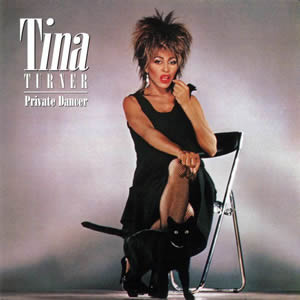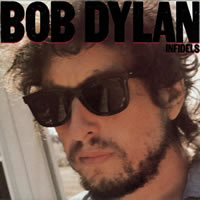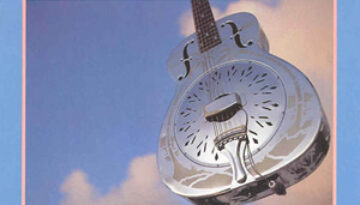Private Dancer by Tina Turner
Buy Private Dancer The story surrounding Tina Turner and her remarkable comeback with Private Dancer is the stuff of Hollywood movies. In fact, it was a Hollywood movie, and this remarkable vocalist who […]

Buy Private Dancer The story surrounding Tina Turner and her remarkable comeback with Private Dancer is the stuff of Hollywood movies. In fact, it was a Hollywood movie, and this remarkable vocalist who […]

Buy Infidels In 1983, Bob Dylan released his studio album, Infidels. With this, Dylan received his highest critical and commercial success in nearly a decade. Still, through time, Infidels received criticism for not including […]

Buy Dire Straits British quartet Dire Straits launched their fruitful career in 1978 with an impressive self-titled debut studio album. This album features nine tracks composed by guitarist/vocalist Mark Knopfler who blended elements […]

Buy Brothers In Arms Dire Straits reached their commercial peak and achieved worldwide fame with their fifth studio album, Brothers In Arms. All the songs on this album were composed by lead vocalist […]